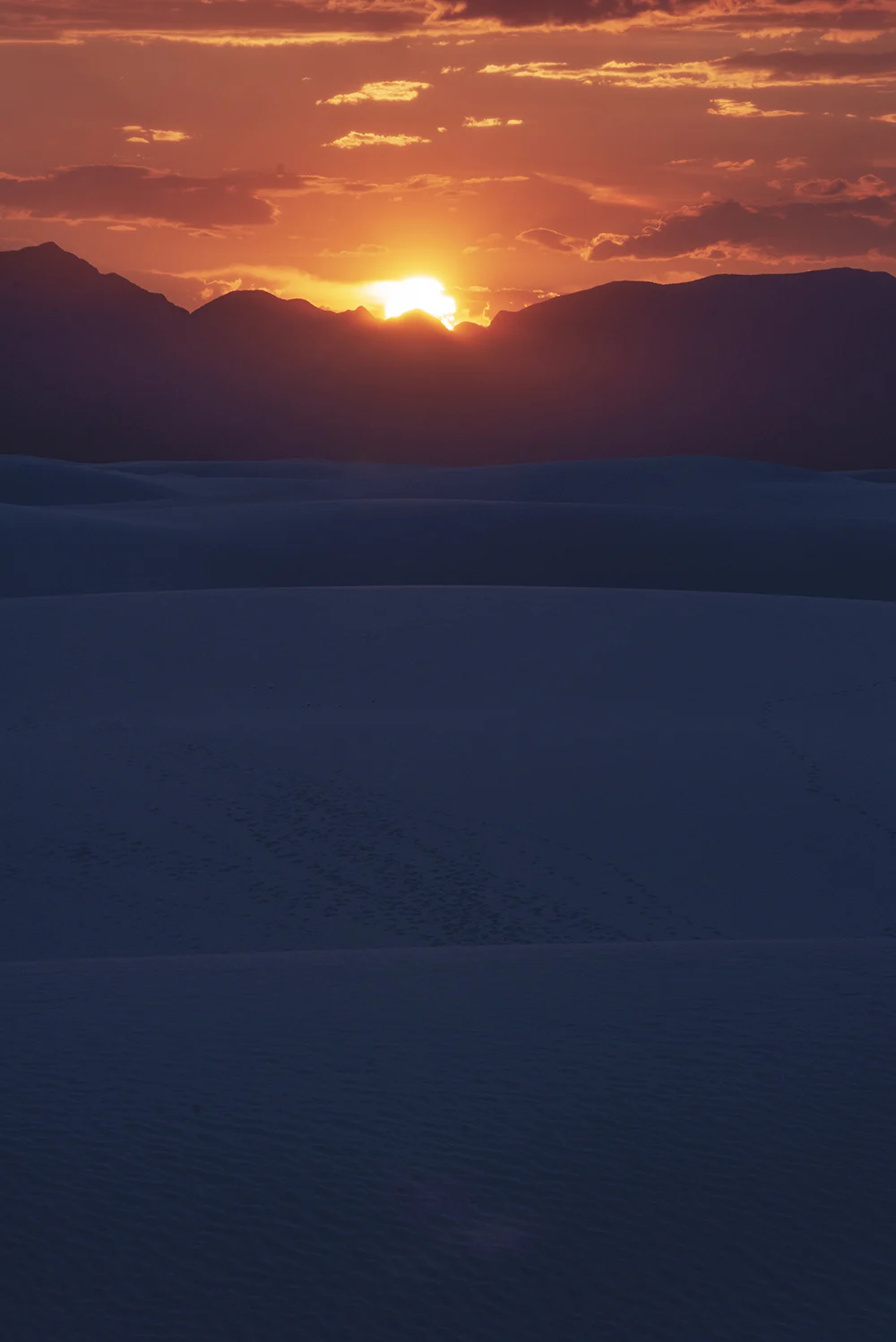

Trinity was the codename of the world’s first detonation of an atomic weapon, conducted by the United States in 1945. The test site was supposedly uninhabited, but some now estimate that more than 10,000 people lived in the surrounding area. The US government has since handed out compensation to citizens affected by nuclear tests, but this group, the “Trinity Downwinders,” has gone unrecognized. This forgotten community fighting to be acknowledged was photographed by Reto Sterchi, with accompanying text by local author Joshua Wheeler.
Nearly all accounts of the world’s first atomic bomb explosion, a test codenamed Trinity, characterize the desert region of New Mexico where it happened as uninhabited or sparsely populated. But there were many families—largely poor, Hispanic ranchers and farmers—who lived in the first fallout of the Atomic Age. Though the Trinity test on July 16, 1945 was top secret, as the United States focused its war efforts on Japan, the explosion and its consequences were very visible to the families. The mushroom cloud on that early morning rose 38,000 feet high. The shockwave reportedly broke windows as far as 180 miles away. The wind scattered fallout all across the state; ranchers complained of ash coating their livestock and children bragged of playing in summer snow.

Since 1990 the United States government has, through the Radiation Exposure Compensation Act, sought to remedy the harms caused by the proliferation of the nuclear weapons industrial complex during the Cold War. This act allows for one-time payments of $50,000 to citizens exposed to atmospheric nuclear tests, known as downwinders, as well as $100,000 payments to uranium miners, mill workers, and ore transporters in the nuclear weapons industry. But despite America’s extensive nuclear weapons testing—more than a thousand tests at over a dozen locations from the Pacific to the Atlantic, from Alaska to Mississippi—RECA has been limited to downwinders with radiation-linked illnesses in only a handful of counties in Nevada, Arizona, and Utah.
Among the many people not eligible for compensation under RECA are the downwinders of the Trinity, the very first humans exposed to fallout from a nuclear bomb. In the weeks after the 1945 Trinity test, the government engaged in a large-scale cover-up to keep news of the bomb from their enemies. Once atomic bombs were dropped on Hiroshima and Nagasaki, killing as many as 225,000 Japanese, the government cover-up turned toward downplaying the deadly effects of radiation in a campaign of propaganda that lasted years.
13,000 people lived within a 50 mile radius of the Trinity test in New Mexico. The few surviving witnesses, as well as their children and grandchildren, have documented generations of cancer run rampant in their families that they believe is linked to the Trinity test. They call themselves the “ultimate patriots,” as they believe so many of their loved ones have died for their country. But despite their decades-long battle for inclusion in RECA, the United States still refuses to acknowledge that the world’s first atomic bomb harmed anyone.

I first reported on the story of the Trinity downwinders in my book, “Acid West,” where I write: “There are no superheroes born of atomic power, no real Captain Atom or Fantastic Four, no Spider-Man or Firestorm, no Starlight. But there are these Downwinders, real people who are more than myth. They have been sick and maybe they are sick still. They have little power, super or otherwise. But they remind us, at least, of what we are dangerously close to forgetting. And that’s exactly what any superhero story must do. If the Bomb is the origin story for any superhumans, it must be these ultimate patriots."
After reading “Acid West,” the photographer Reto Sterchi reached out to me with an interest in taking portraits of these ultimate patriots, as well as the region from which their stories have been erased by the official government narrative. In July 2021, 76 years after the Trinity test, we captured the faces and stories of dozens of members of the Tularosa Basin Downwinders Coalition, including many of the last surviving witnesses of that fateful explosion and its fallout.
As of December 2022, the Trinity Downwinders remain unrecognized by the Radiation Exposure Compensation Act, though they continue to tell their stories.











